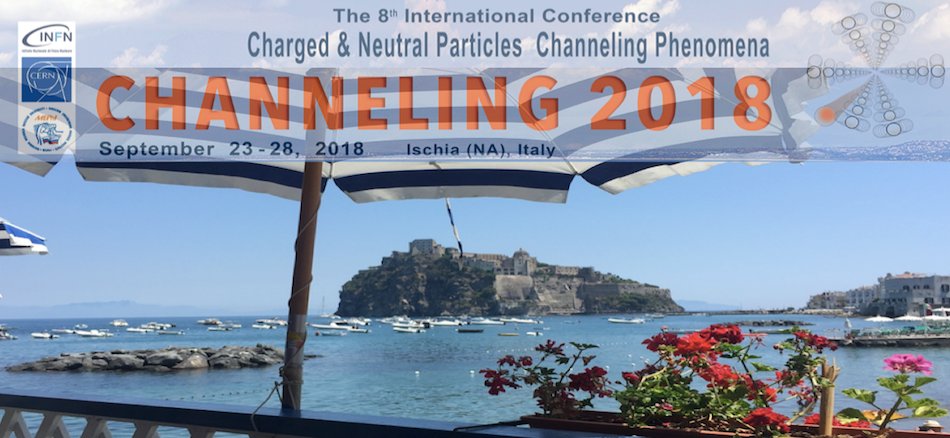Speaker
Mr
Oleg Ivashchuk
(Belgorod National State University)
Description
Conception of piezoelectric accelerator
O. Ivashchuka, A. Shchagina,c, A. Kubankina,b, V. Miroshnikc, I. Nikulina, A. Oleinika,d, V. Volkovc
a Laboratory of Radiation Physics, Belgorod National Research University, Belgorod, Russia
b Lebedev Physical Institute, Moscow, Russia
c J. Kharkov Institute of Physics and Technology, Kharkov, Ukraine
d John Adams Institute at Royal Holloway, University of London, Egham, UK
Here we propose the conception of small-size piezoelectric accelerator of charged particles that operates due to piezoelectric effect at varying mechanical force applied to piezoelectrics in vacuum. The accelerating voltage and the energy accelerated particles are estimated. In the proof-of-principle experiment we demonstrate the effect of the emission of X-ray radiation at the mechanical compression of piezoelectric ceramics in vacuum. The compression leads to the appearance of charges and potentials on the surfaces of the piezoelectrics and also to the arising of the electric field in vacuum. Electrons are accelerated in the electric field, strike the matter and produce the X-ray radiation. In the experiment, we have observed emission of the characteristic and bremsstrahlung X-ray radiation of energy up to 60 keV due to the compression of piezoelectric ceramics in vacuum. This means that electrons are accelerated in the piezoelectric accelerator up to the energy at least of 60 keV. The agreement of calculated and experimental data confirms the conception. Advantages of the piezoelectric accelerator and possibilities of its development and applications are discussed.
Acknowledgments
The work of co-authors from BNRU was supported by the grant from the Russian Science Foundation (project №16-19-10535).
Primary author
Mr
Oleg Ivashchuk
(Belgorod National State University)
Co-authors
Dr
Alexander Kubankin
(Belgorod National Research University)
Dr
Alexander Shchagin
(Kharkov Institute of Physics and Tecknology)
Mr
Andrey Oleinik
(BelSU)
Dr
Ivan Nikulin
(BNSU)
Mr
Victor Miroshnik
(Kharkov Institute of Physics and Technology)
Mr
Vladimir Volkov
(Kharkov Institute of Physics and Technology)

